

This guide provides a detailed overview of the various types of nuts and bolts, covering their materials, applications, and key differences. We'll explore common and specialized fasteners, helping you choose the right ones for your projects. Learn about different head styles, thread types, and materials to ensure secure and reliable fastening.
Before delving into specific types, let's establish a foundational understanding. Nuts and bolts are fundamental fastening components used to securely join materials together. A bolt is a rod with a head at one end and threads on the other, while a nut is a threaded component that screws onto the bolt, tightening the joint. The combination creates a strong, reliable connection. The design and materials used vary drastically depending on the application.
The material of your nuts and bolts is crucial for its strength, corrosion resistance, and overall lifespan. Common materials include:
Nuts and bolts are categorized by their head styles, which affect their functionality and aesthetic appeal. Some common head types include:
Hex head bolts are the most common type, featuring a hexagonal head, which allows for easy tightening and loosening using a wrench. They offer excellent strength and are suitable for a wide range of applications.
Machine screw bolts feature a smaller, often flat or round head. They are typically used in applications requiring a more refined or less bulky fastening solution. They might require a different type of driver depending on their head design.
Button head bolts have a low profile, dome-shaped head, often used in applications where a flush or countersunk finish is desired.
Numerous other head styles exist, including pan head, oval head, and countersunk bolts, each designed for specific applications and aesthetic requirements.
The thread type determines how the nut and bolt interact and affects the strength and reliability of the connection. Common thread types include:
Metric threads are based on the metric system, utilizing millimeters for dimensions. They are widely used internationally.
UNC and UNF threads are common in the United States and some other regions, with UNC threads having a coarser pitch than UNF threads. The choice between UNC and UNF often depends on the application's specific strength and vibration resistance requirements.
Selecting the appropriate nuts and bolts depends heavily on the application. Consider factors such as the material being joined, the required strength, the environment, and the aesthetic requirements. For critical applications, consulting engineering specifications is crucial. For less demanding tasks, you can often find suitable nuts and bolts at local hardware stores.
For more detailed information on specific types of nuts and bolts and their applications, you may want to explore resources from reputable fastener manufacturers or engineering handbooks. Remember to always prioritize safety and use the appropriate tools when working with fasteners.
If you're looking for high-quality nuts and bolts for your next project, consider exploring suppliers like Hebei Muyi Import&Export Trading Co.,Ltd. They offer a wide variety of fasteners to suit diverse needs.
| Thread Type | Common Applications |
|---|---|
| Metric | International applications, automotive, manufacturing |
| UNC | General purpose applications in the US, construction |
| UNF | Applications requiring finer threads and higher precision, vibration-sensitive applications |

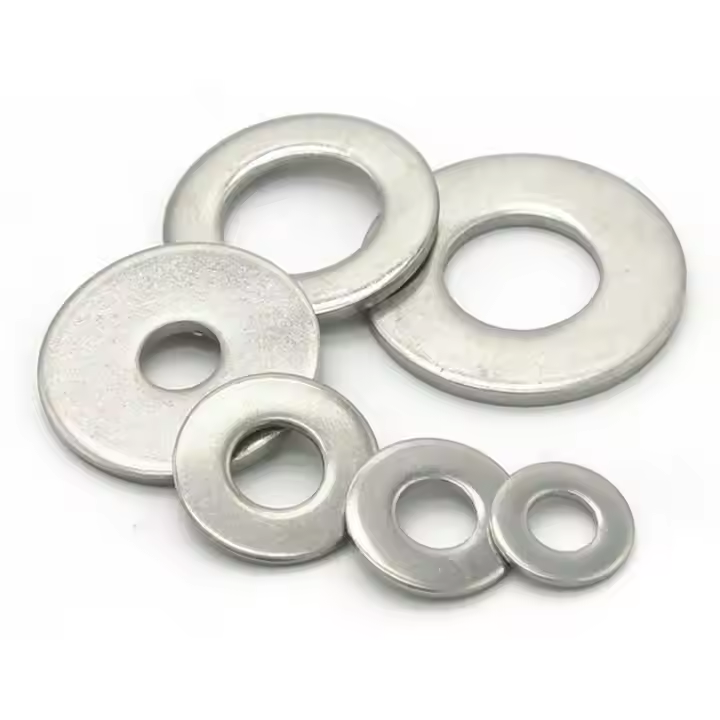

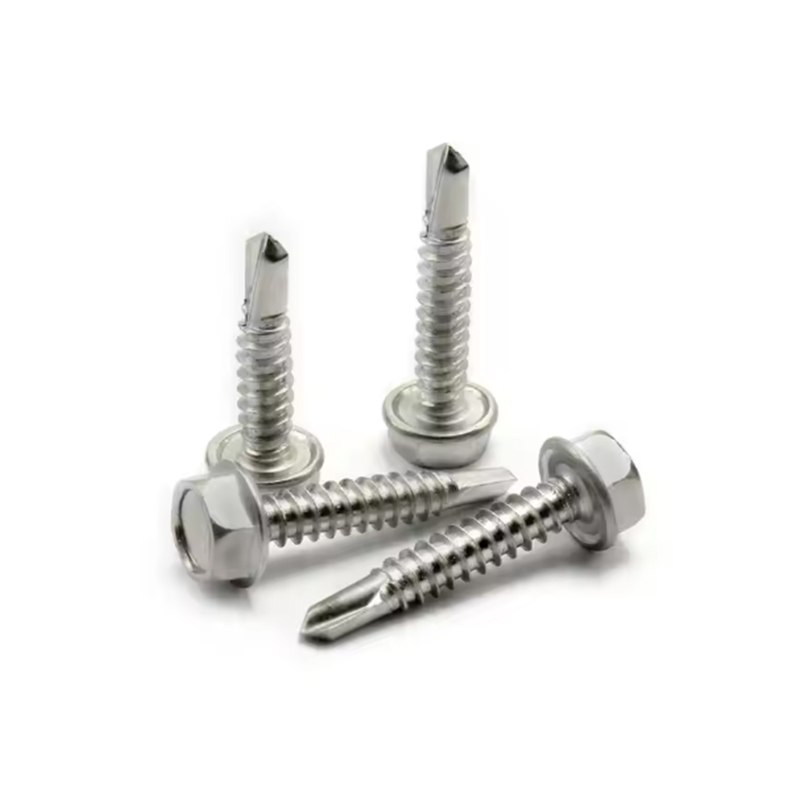

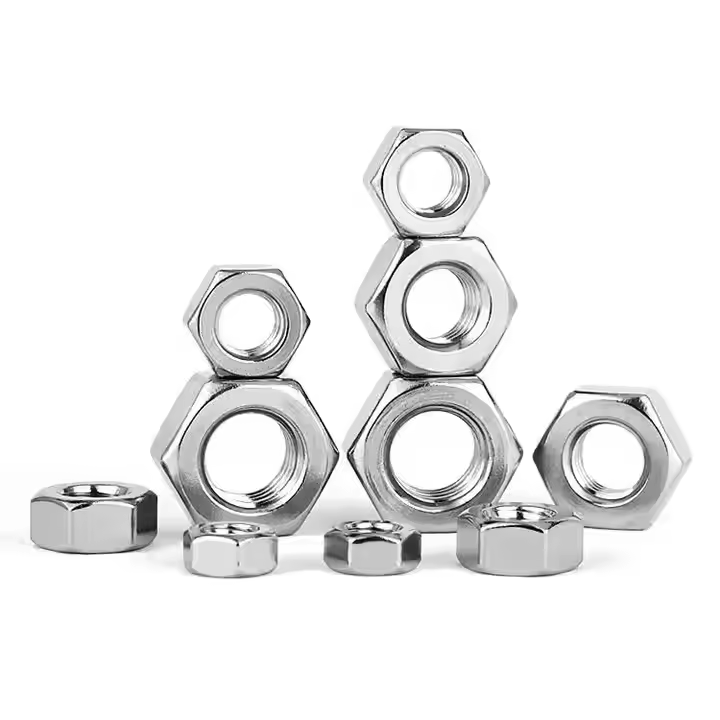

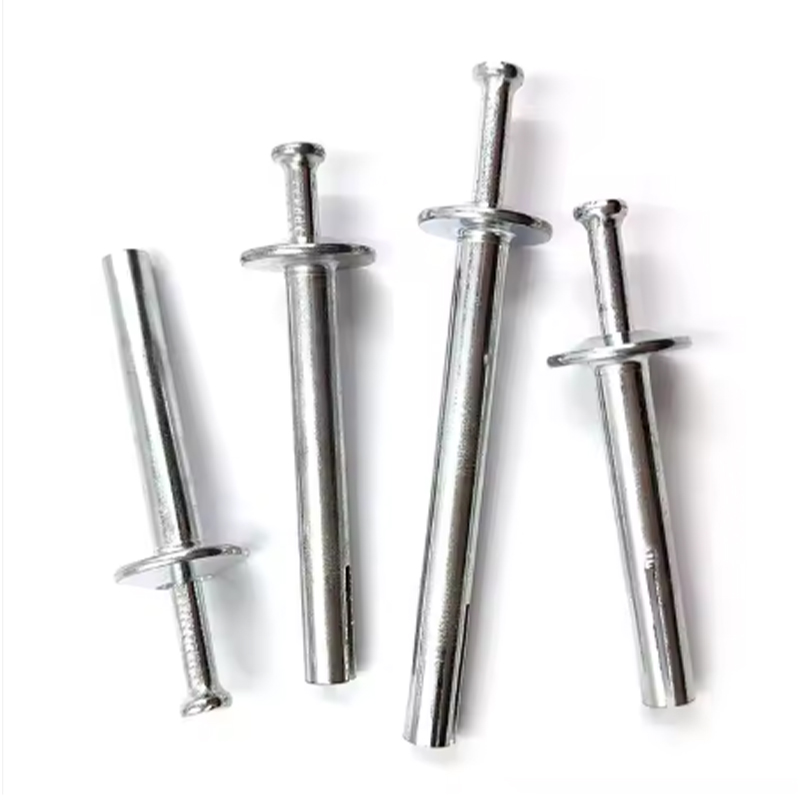
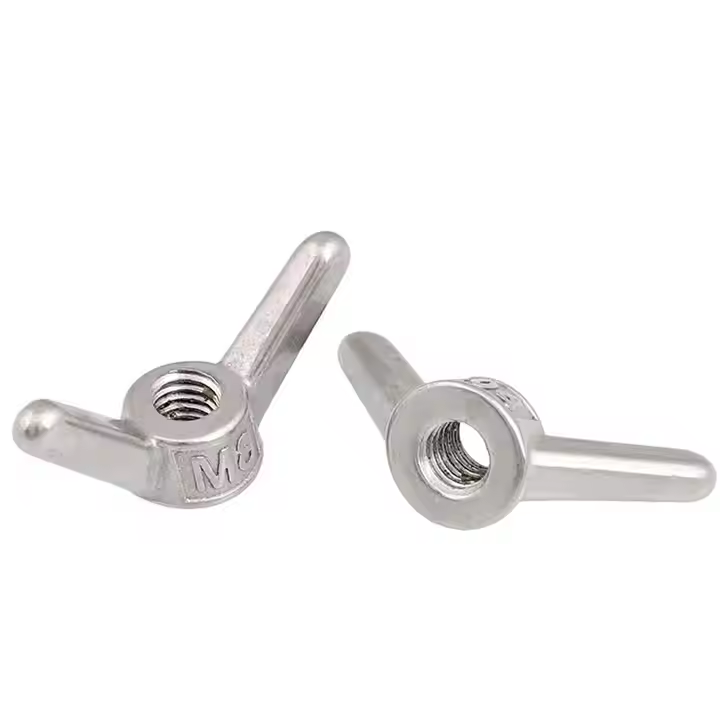
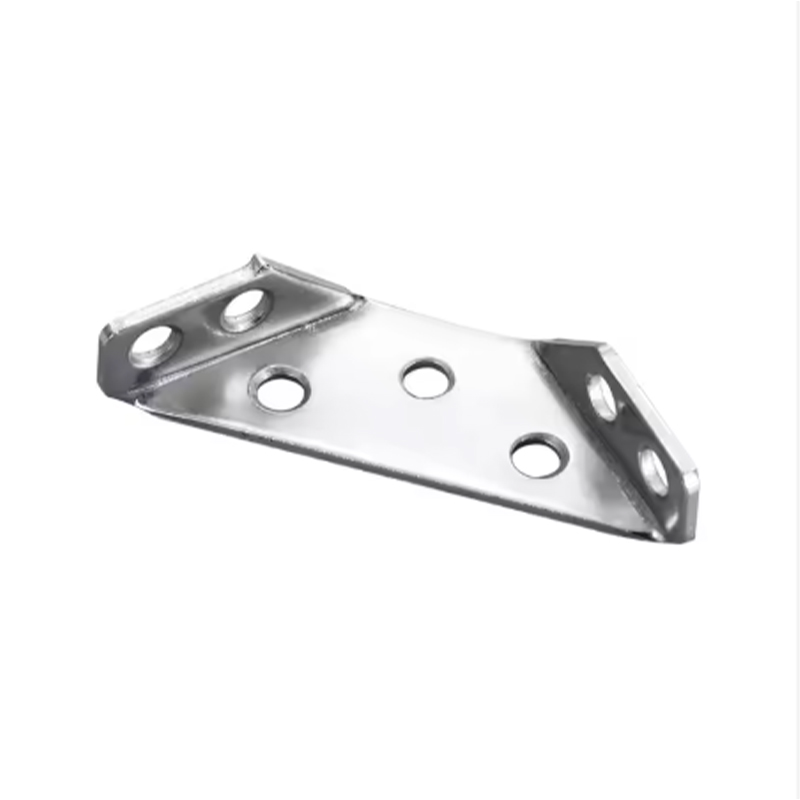
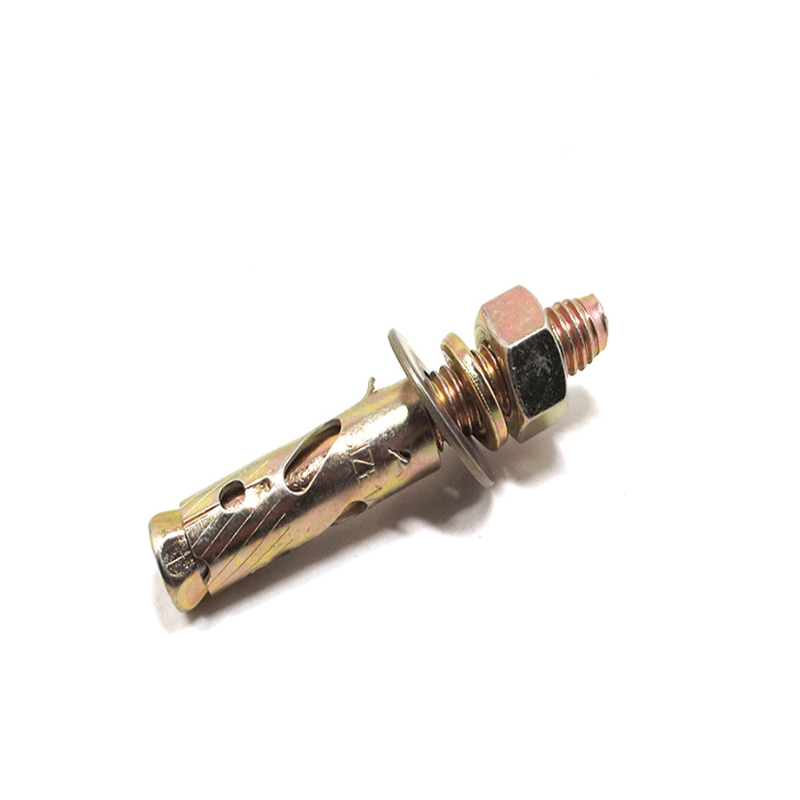

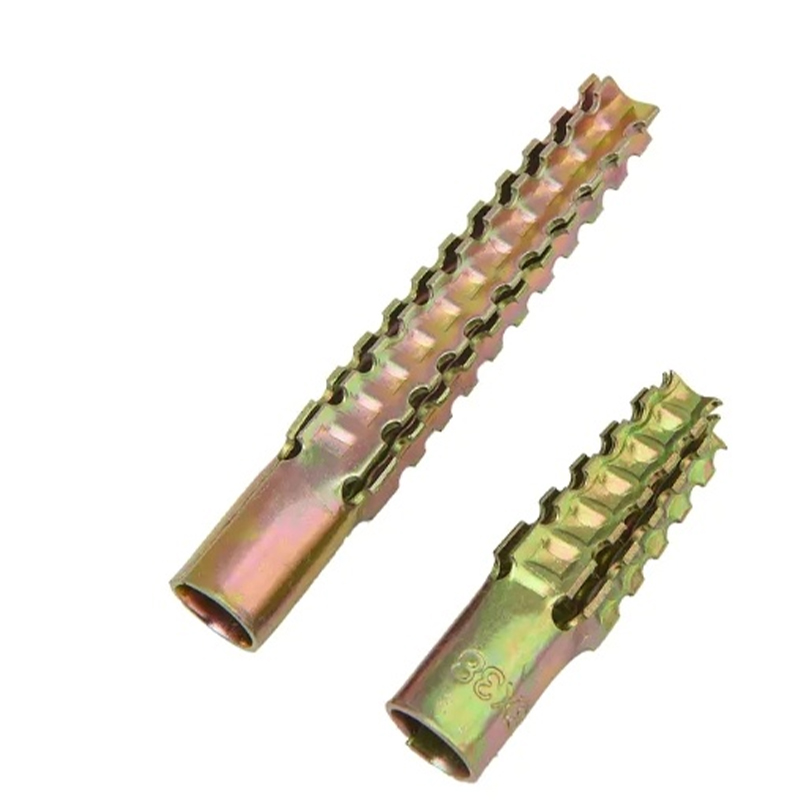
Please enter your email address and we will reply to your email.